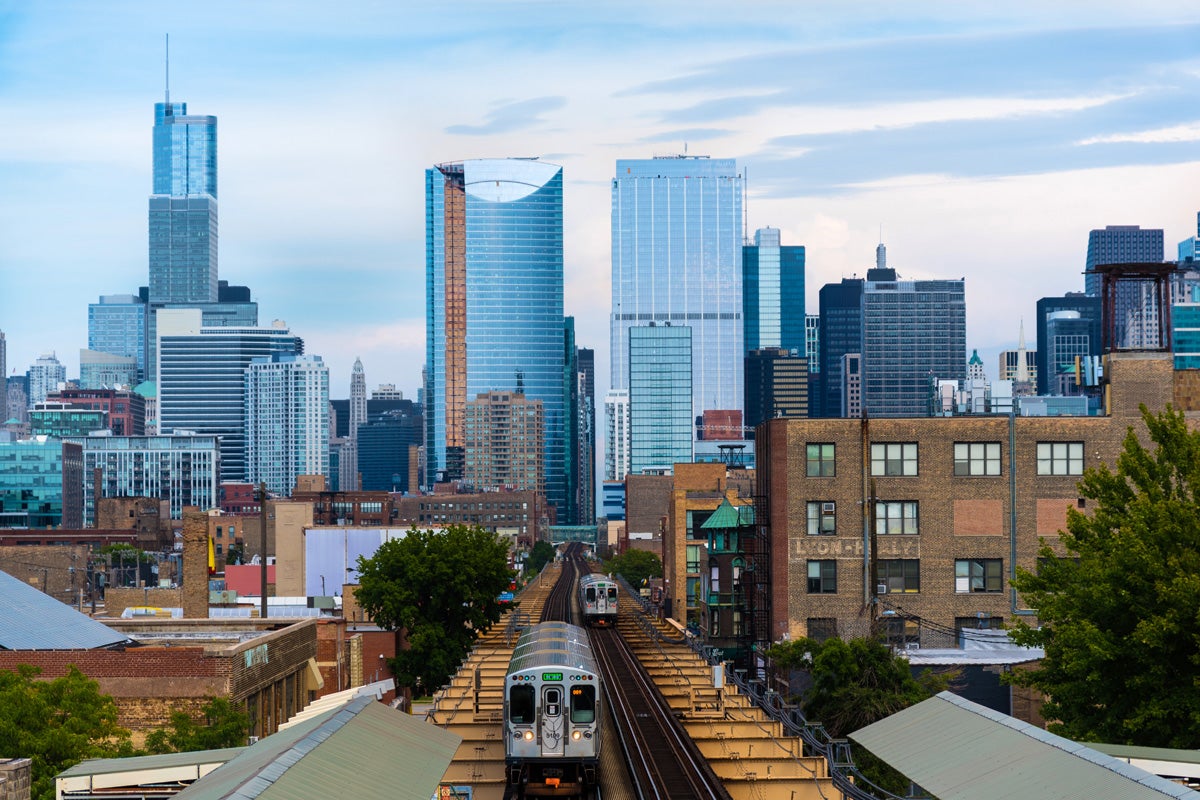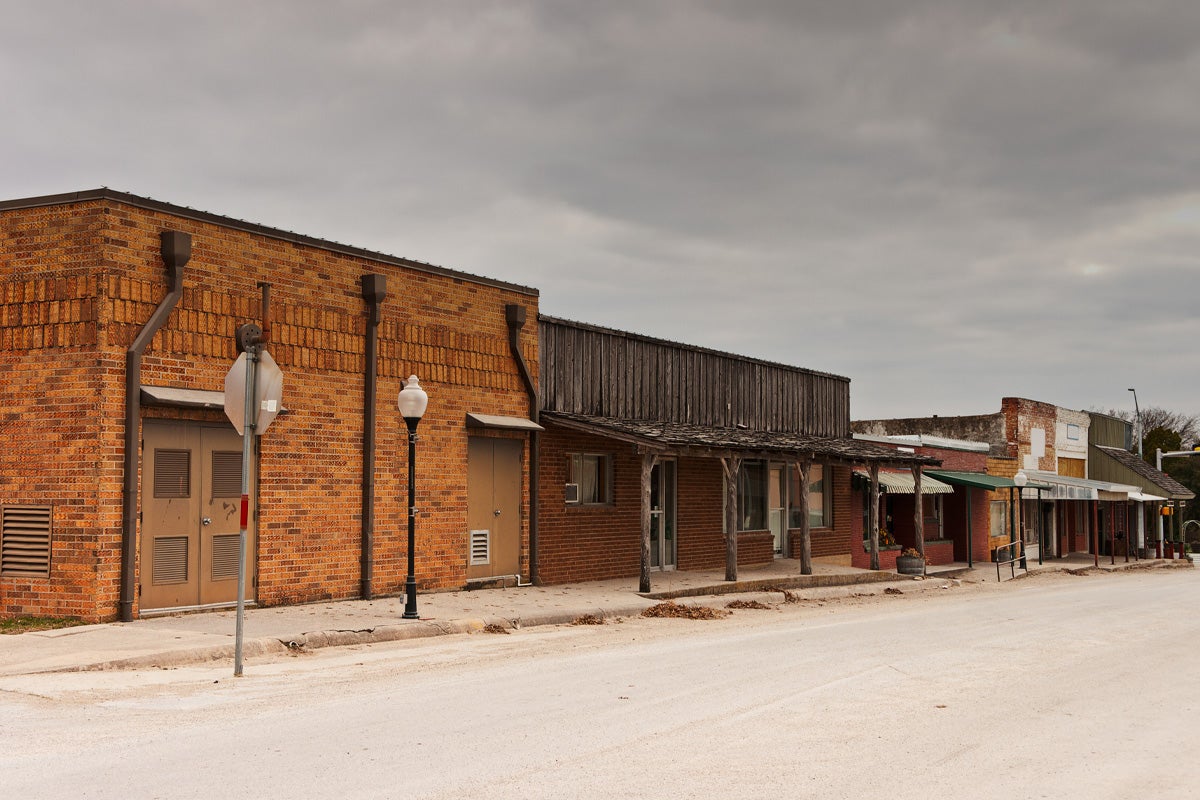The Effects of Food Deserts on Healthy Eating and Mental Health
July 6, 2022
Unless you studied public health or took a class that covered public health issues, you may not know the term “food desert.”
What is a food desert?
A food desert is a neighborhood or community that has limited access to nutritious and affordable foods. In the United States, food deserts are typically found in urban neighborhoods and low-income rural areas.

In urban areas, low access means living more than 1 mile from a food store, and in rural areas, it means living more than 10 miles from a food store.

Potential barriers to food access are:
- Food costs
- Lack of transportation
- Far distance to a food store
- Lack of time to travel to a food store

In 2015, it was estimated that 12.8% of the U.S. population (39.4 million people) lived in low-income and low-access census tracts. Researchers use this information to determine the number of people living in food deserts, which is estimated to be 19 million.

Now that you have a better understanding of what a food desert is, you may think back to a time when you drove through an area without a grocery store or supermarket for miles. That was likely a food desert. Having reasonable access to a grocery store or supermarket is important because these food stores offer healthy food choices, like whole grains, fresh produce, low-fat dairy, lean protein, and more. Not having access to these healthy food choices can impact a person’s physical and mental health in some key ways.

The Effects of Living in a Food Desert
A healthy dietary pattern includes nutrient-dense foods and beverages from all food groups in their recommended amounts. These foods and beverages provide us with the energy and nutrients needed to keep our bodies functioning properly. Living in a food desert makes it much more difficult to maintain a healthy dietary pattern, which can lead to several notable health consequences.
#1: Increased risk of obesity

People are often quick to blame a person with obesity for their weight. While there are behaviors, like overeating, that contribute to obesity, there are many social determinants of those behaviors. One of these determinants is the neighborhood and built environment. For example: If a person has no car and does not live within reasonable walking distance of a grocery store, but they do live near a fast food restaurant, they are likely to eat a lot of fast food. Fast food is high in calories, and excessive calorie intake can lead to obesity. There is the connection.
Here’s another example: If a person is working multiple jobs to make ends meet and does not have time to travel to a supermarket more than 10 miles away, but they do have a convenient store in their area, they will opt to go to the convenient store. Convenient stores offer less healthy food options, such pre-packaged snacks that are loaded with fat and sugar. More fat and sugar means more calories which means increased risk of obesity.
There are data to back this up too. A study based on the responses to a national survey revealed that adults with food insecurity had a 32% increased odds of being obese compared to adults with food security. The researchers therefore concluded that food insecurity is associated with obesity in the overall population.
#2: Increased risk of chronic illnesses

Chronic illnesses are those that last a year or longer and can result in limitations with mobility and/or ongoing medical treatment. With an increased risk of obesity, there is an increased risk of chronic illness for those living in a food desert. This makes sense considering obesity is a risk factor for many chronic illnesses, including type 2 diabetes.
A report from the USDA revealed that lower food security is significantly associated with 10 chronic illnesses: High blood pressure, coronary heart disease (CHD), hepatitis (inflammation of the liver), stroke, cancer, asthma, diabetes, arthritis, chronic obstructive pulmonary disease (COPD), and kidney disease.
When a person has a chronic illness, they may need to follow a certain diet plan to manage their symptoms. For example: A person with end-stage kidney disease needs to monitor their sodium intake to prevent their kidneys from worsening. If they mostly have access to high-sodium pre-packaged foods, then they will have a difficult time adhering to their diet plan.
And those with food insecurity are not only at higher risk of developing the chronic illnesses themselves—they are also at higher risk of having complications from these illnesses due to limited access to quality health care.
#3: Increased risk of mental health problems

People with chronic illnesses are at higher risk of mental health problems, namely depression. And because people living in a food desert are at higher risk for chronic illnesses, that makes them also at higher risk for depression.
In people with diabetes, depression occurrence is 2-3 times higher compared to people without diabetes. For many of these people, it starts with diabetes distress, which is a range of emotional responses to living with diabetes. Keep in mind that people living with diabetes cannot take a break from it. It is a lifelong disease that requires watching your food intake (which isn’t easy when you’re food insecure), checking your blood sugar, and managing medications.
Living in a food desert only makes matters worse. Not knowing when or where you’re going to get your next meal is incredibly stressful and can lead to chronic anxiety. A study on adults living in Flint, Michigan revealed that having nearby access to nutrient-rich foods moderated the association between food insecurity and poor mental health. In other words: Living in an area with access to healthy foods lessens the impact that food insecurity has on one’s mental health.
Ways to Eat Healthier While Living in a Food Desert
As mentioned before, achieving a healthy dietary pattern can be difficult for people living in a food desert due to various barriers, including lack of transportation. However, it’s not impossible to eat healthier. The following strategies can help.
#1: Look for produce with a longer shelf life
People living in a food desert may be hesitant to purchase fresh produce when it’s available to them out of fear of it going bad and getting wasted. However, there are many fruits and vegetables that have a longer shelf life than one may think. Some of these include apples, beets, carrots, garlic, and onions. For example, apples can be kept for up to 4 months if you store them in a plastic bag in the crisper drawer of your fridge!

#2: Freeze your food
Many people believe that freezing food reduces the quality and nutrient value of the food, but this actually isn’t true. Freezing simply preserves food by slowing the movement of molecules, so that microorganisms won’t grow. Technically, as long as your foods are stored continuously at 0°F or below, you can keep those foods indefinitely. But if you want them to retain their best quality, refer to a food storage chart.

#3: Preserve your own food
Similar to freezing, you can preserve foods by canning, fermenting, or pickling them. In fact, fermented foods have been linked to many health benefits, including improving gut health and reducing inflammation. Given that people living in a food desert are more prone to chronic illnesses that contribute to inflammation, fermenting foods may be in their favor. However, one must be cautious with food preservation because if not done properly, food poisoning may occur.

#4: Opt for low- and no-calorie sweeteners
As stated earlier, convenient stores can be rather prevalent in food deserts, and these stores are packed with sugary foods and beverages. Swap out sugar for low- and no-calorie sweeteners like Splenda® Original, Stevia, and Monk Fruit Sweeteners. For example, instead of purchasing the sugary fruit-flavored instant oatmeal from a convenient store, purchase the canister of plain quick oats and add sweetness with a Splenda Sweetener. Splenda Zero Calorie Sweeteners can help manage a healthy weight when used in place of sugar, and they have no impact on blood sugar levels.

#5: Try the plate method
Achieving a healthy dietary pattern is not just about eating nutrient-rich foods—it’s also about eating those foods in the recommended amounts. That’s where a portion plate comes in. For the general population, the USDA MyPlate can help with guiding one’s portion sizes. However, the Plate Method is tailored to people needing to watch their blood sugar levels, namely those with prediabetes or diabetes. Remember that people living in a food desert are more prone to chronic illnesses like diabetes.
Let’s say a person living in a food desert has chicken tenders, frozen carrots, and instant mashed potatoes on hand. The Plate Method would guide them to fill half their plate with the carrots, one-quarter of their plate with the chicken tenders, and the other quarter of their plate with the mashed potatoes. Finally, they would be guided to pair this meal with a zero- or low-calorie drink, such as a tea sweetened with a Splenda Sweetener.
#6: Take multivitamins

While multivitamins cannot replace a healthy, balanced diet, they can still be beneficial to people living in a food desert. People who do not regularly consume nutrient-rich foods due to having limited access can be at risk for vitamin and mineral deficiencies. The symptoms of these deficiencies vary greatly, and some can be rather severe. For example, vitamin C deficiency can result in impaired wound healing and bleeding gums.
It’s important to remember that multivitamins are supplements—they are only meant to supplement the diet. Therefore, people living in a food desert must still try to achieve a healthy dietary pattern using the previous strategies and only take a multivitamin to cover any gaps that may be present.
Living in a food desert presents many challenges, but there are solutions. On a community level, there are organizations that help fund nutrition education and assistance programs and work to incentivize grocery stores to build in underserved areas. On an individual level, people can strive to eat healthier by trying any of the above strategies. Every small step can help to mitigate some of the effects of living in a food desert.
Written by Holly Moran, MS, RDN, LD, CDCES and member of the Splenda Healthcare Team.


